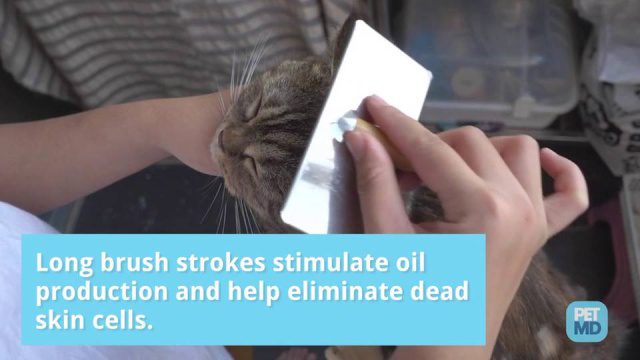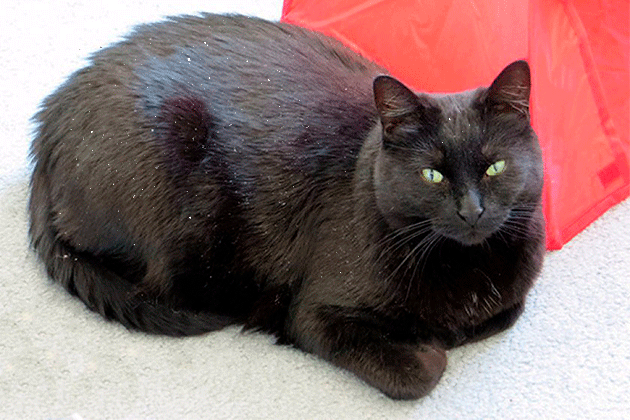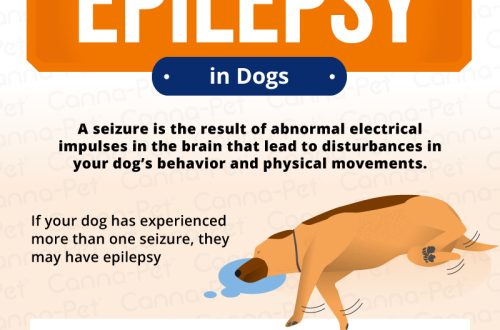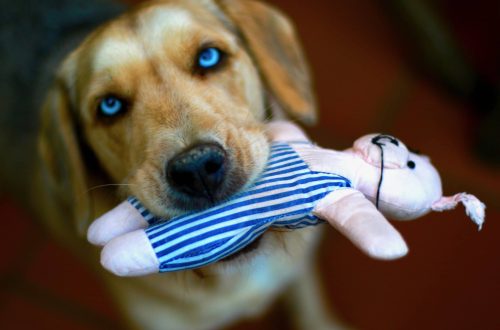
Dandruff in dogs and cats

Not only people suffer from dandruff, but also their pets – cats and dogs. How to help your pet – we will consider in this article.
Contents
What is dandruff?
First of all, you need to understand that dandruff, or seborrhea, is not a diagnosis, but a symptom that is characteristic of many diseases of the skin and coat. It occurs equally often in both dogs and cats. It is exfoliated particles of the skin surface, but in large quantities, which is not the norm. Dandruff looks like white-gray small grains, dust, or can be large flakes. In addition to dandruff, the owner often observes too dry, or vice versa, oily hair, changes in the skin. The animal may itch, lick and get nervous. Because of this, there are areas of baldness – alopecia. Dandruff is clearly visible during grooming and on dark-colored animals. It occurs both locally in certain areas and throughout the body. Dandruff occurs due to violations of normal processes in the skin.
The appearance of dandruff can be observed in a number of pathologies:
- Allergies: food, contact, atopy
- External parasites: fleas, withers, various ticks. Cheiletillosis, for example, is called wandering dandruff.
- Helminths
- Unbalanced diet: lack (or excess) of B vitamins, sulfur, omega-3 and omega-6 fatty acids, lack or excess of grains, protein and fat in the feed, a large number of treats, unwanted foods – sweets, sausages, etc.
- Improper grooming: excessive combing, washing, unprofessional trimming and clipping, or inappropriate comb and care and make-up
- Skin diseases: sebadenitis, dermatitis
- Autoimmune processes
- Stress
- Molting
- Obesity
- Solar burns
- Fungal diseases such as ringworm
- Endocrine disorders, such as canine hypothyroidism or feline hyperthyroidism
Diagnostics
If you notice dandruff, do not try to help the pet yourself. Without understanding the cause of the occurrence, you can only make things worse. The exception is situations where you definitely see a connection with, for example, a new shampoo. For diagnosis, the veterinarian will take dandruff samples for examination, look at them under a microscope. It may also be necessary to visualize the cellular composition of the skin and assess the structure of the coat. If systemic pathology is suspected, then blood tests and ultrasound are required.
Treatment
The general principles of getting rid of dandruff include restoring the normal functioning of the skin. Of course, it is necessary to eliminate the underlying disease, the cause that caused the appearance of dandruff. Restoration of the skin is not an easy task, and must be carried out with the recommendations and under the supervision of a veterinary dermatologist.
- Treatment and repair shampoos
- Establishing a diet: high-quality feed, additional giving of vitamins on the recommendation of a veterinarian.
- If the pet has parasites, then regular treatments with drugs for fleas and ticks, and for helminths will help to cope. If you find fleas, do not forget that the apartment also needs to be disinfested. Either call a special service, or treat the premises yourself: Entomosan, Delcid or Parastop, observing safety precautions and isolating the pet away from the treated premises.
- With systemic diseases, the treatment is different, but the above methods are part of complex therapy.
- If the cause of dandruff in a pet is stress, then you can use mild sedatives: Fitex, Relaxivet, Kot Bayun.
Prevention
- Regular treatment for external and internal parasites.
- Wash with pet shampoos. Moreover, you need to pay attention to what type of wool the products are intended for. Many shampoos come in concentrated form and must be diluted with water before use. Do not use too often dry powders to cleanse the coat.
- Use care products: balms, masks, combing spray.
- Bathing should be done no more than once a week, if there is no need for medicated shampoos, and even less often is better.
- Use combs and slickers moderately, without strong pressure on the skin, carefully approach the choice of tool.
- Feed your pet a quality industrial pet food or a balanced natural diet.





